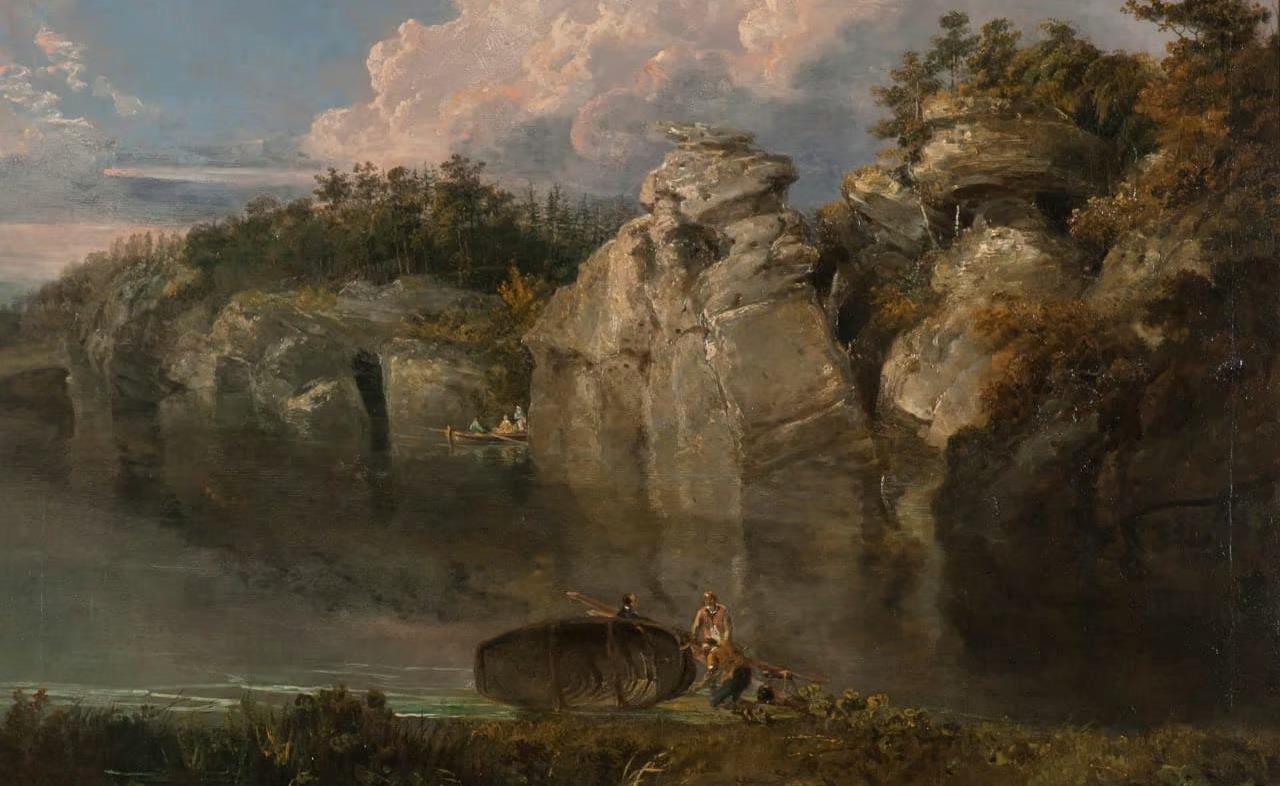Subscribe to trusted local news
In a time of both misinformation and too much information, quality journalism is more crucial than ever. By subscribing, you can help us get the story right.
- Subscription costs less than £1 a week with an annual plan.
Already a subscriber? Log in here.
20
Jul 2024
Sunday Picture Quiz Answers: July 20

Here are the answers to this week's Sunday Picture Quiz. How well did you do?

Photo: David Dixon/Geograph
1. The weir at Studley Royal.
The weir at the north end of the canal at Studley Royal is no ordinary weir – it has piers, fishing pavilions and balustrade, and is grade II* listed.
The weir and all the rest of the water gardens were developed in the 1720s by John Aislabie, Tory MP for Ripon and Chancellor of the Exchequer. He was the main sponsor of the South Sea Company scheme, and when the notorious investment 'bubble' burst, he was expelled from Parliament.
He returned to Yorkshire and started work transforming his estate, handing us a legacy that is listed Grade 1 on the English Heritage Register of Parks and Gardens in England.

2. Plumpton Rocks
Although this scene looks far more natural than the Studley Royal weir pictured above, it is actually also a product of 18th-century hydro-engineering.
The millstone grit rocks themselves are natural, of course. In fact, the neolithic Devil's Arrows standing stones in Boroughbridge are thought to have been quarried here 5,000 years ago.
But the surrounding landscape was designed by Daniel Lascelles in the 1750s. The lake was extended by a dam built by John Carr, the architect of Plompton Hall and Harewood House.

Credit: Harewood House Trust.
In around 1798, Daniel's grandson, Edward Lascelles, the 1st Earl of Harewood, commissioned JMW Turner to produce two paintings of the lake and rocks, and these now hang in Harewood House.

3. Faded Oxo advert, Harrogate
This faded advert, or 'ghost sign', will be a familiar sight to anyone who passes the Crown roundabout in Harrogate with any frequency.
Although the word Oxo is clearly visible, there are actually three or more adverts overlying each other – known as a palimpsest – and one of them is for beer.
How old they are isn't clear, but this kind of advertising was most common in the 19th and early 20th centuries, so even the youngest ghost sign here is quite possibly around 100 years old.

The quarry.
4. Coldstones Quarry, Greenhow
This picture, taken from the Coldstones Cut viewing platform, shows Heidelberg Materials' huge limestone quarry and the crushing machinery perched on its rim.
Situated at 425 metres (ca. 1,400 feet) above sea level on Greenhow Hill, above Pateley Bridge, Coldstones Quarry is one of the highest quarries in Britain.
It is worked on six terraced platforms, or 'benches', each 15-18m (50-60 feet) high, and reaches a depth of 300 metres (nearly 1,000 feet) at its base.
Coldstones provides an average of 600,000 tonnes of aggregate each year, and supplies building materials to West and North Yorkshire.
Too easy or too difficult? Let us know what you think of our quiz by contacting us at letters@thestrayferret.co.uk.
Please do send us tricky pics of the area that we can include – and we'll credit your contribution. Thank you!
0